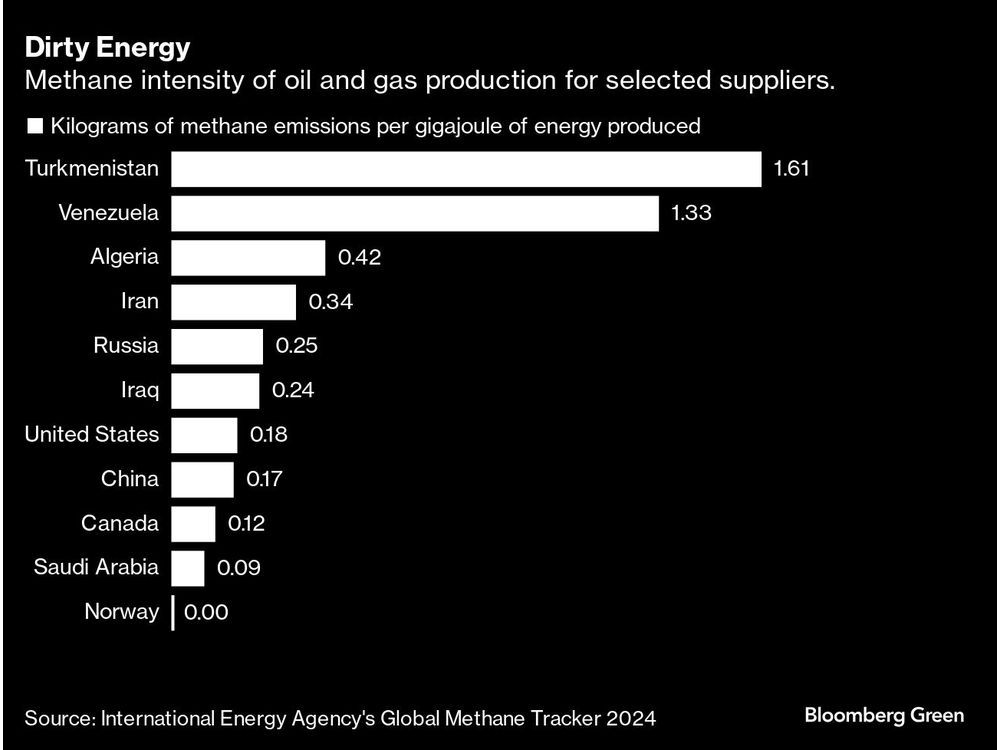Follow us on LinkedIn
Before a company issues its financial statements, it goes through several stages. After preparing these statements, companies must evaluate all events occurring after it that may indicate changes to those figures. These are a part of subsequent events.
What are Subsequent Events?
Subsequent events in accounting pertain to occurrences or transactions occurring after the balance sheet date but before the issuance of financial statements. They fall into two types: recognized and non-recognized. Companies typically assess events up to the date of financial statement issuance, ensuring that any significant subsequent events are appropriately reflected or disclosed to prevent the financial statements from being misleading.
The treatment of subsequent events adheres to accounting standards and principles, with variations depending on the jurisdiction and applicable accounting framework. Recognized and non-recognized subsequent events play a crucial role in maintaining the accuracy and transparency of financial reporting, providing stakeholders with a comprehensive understanding of an organization’s financial position and potential post-balance sheet developments.
What are the types of Subsequent Events?
As mentioned above, subsequent events fall into two types, recognized and non-recognized. A brief description of each of these is as below.
Recognized subsequent events
Recognized subsequent events in accounting refer to those post-balance sheet date occurrences that offer additional insight into conditions existing at the balance sheet date. If new information emerges, impacting estimates made during financial statement preparation, adjustments become necessary to ensure accuracy.
Non-recognized subsequent events
non-recognized subsequent events indicate conditions arising after the balance sheet date. While they don’t require adjustments to the financial statements, disclosure in footnotes is often warranted to provide stakeholders with a comprehensive understanding of an entity’s post-balance sheet developments.
What is the accounting for Subsequent Events?
The accounting for subsequent events involves an evaluation of events or transactions occurring post the balance sheet date but before the issuance of financial statements. In the case of recognized subsequent events, adjustments are made to the financial statements if new information emerges that affects the estimates made during their preparation. For instance, if it becomes apparent after the balance sheet date that a customer is unlikely to pay, adjustments may be necessary.
Non-recognized subsequent events don’t require adjustments but often necessitate disclosure in the financial statements or footnotes. These events, indicative of conditions arising after the balance sheet date, enhance transparency by providing users with a comprehensive understanding of developments occurring after the reporting period.
Why are Subsequent Events important?
Subsequent events play a pivotal role in financial reporting, ensuring the accuracy and relevance of information presented in an entity’s financial statements. Their importance lies in the dynamic nature of business environments, where events occurring after the balance sheet date can significantly impact financial positions. By keeping financial information up-to-date, subsequent events empower investors, creditors, and other stakeholders to make well-informed decisions based on the latest available data.
Recognized subsequent events allow for adjustments to the financial statements, aligning them with the most current information and preventing potential inaccuracies. It contributes to transparent and reliable financial reporting, giving stakeholders a comprehensive view of an entity’s financial health. Non-recognized subsequent events, while not requiring adjustments, facilitate enhanced transparency through disclosure in financial statements or footnotes, providing users with valuable insights into developments post the reporting period.
Conclusion
Subsequent events occur after the preparation of financial statements by a company but before issuing. These events may indicate instances that require the company to adjust those statements. Consequently, these results may impact the issued financial statements. While recognized subsequent events require changes to those statements, non-recognized ones may only need disclosures.
Further questions
What's your question? Ask it in the discussion forum
Have an answer to the questions below? Post it here or in the forum

Satellite observations show the amount of gas burned at Turkmenistan’s Gates of Hell crater have fallen roughly 50% since August, according to a new analysis.



